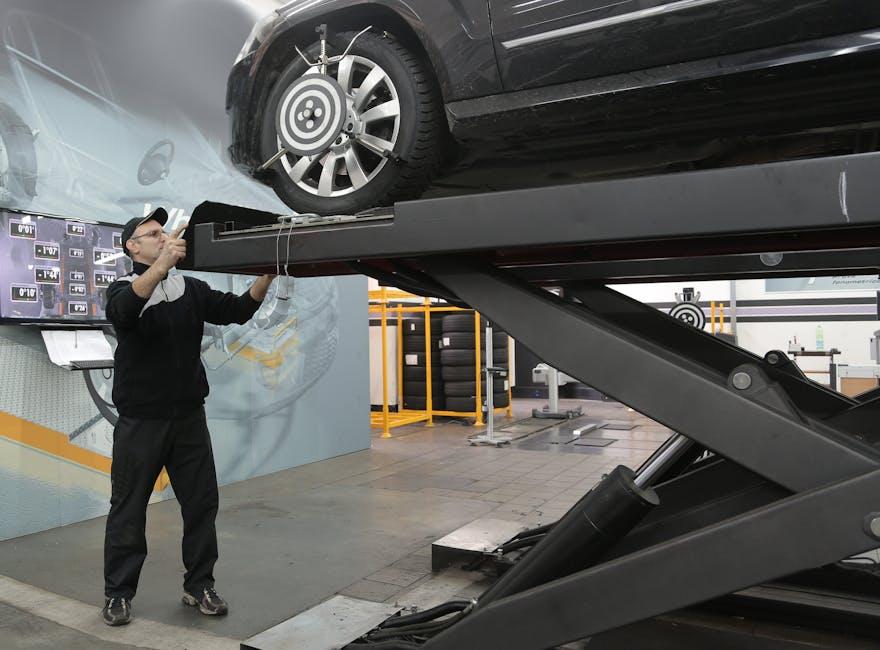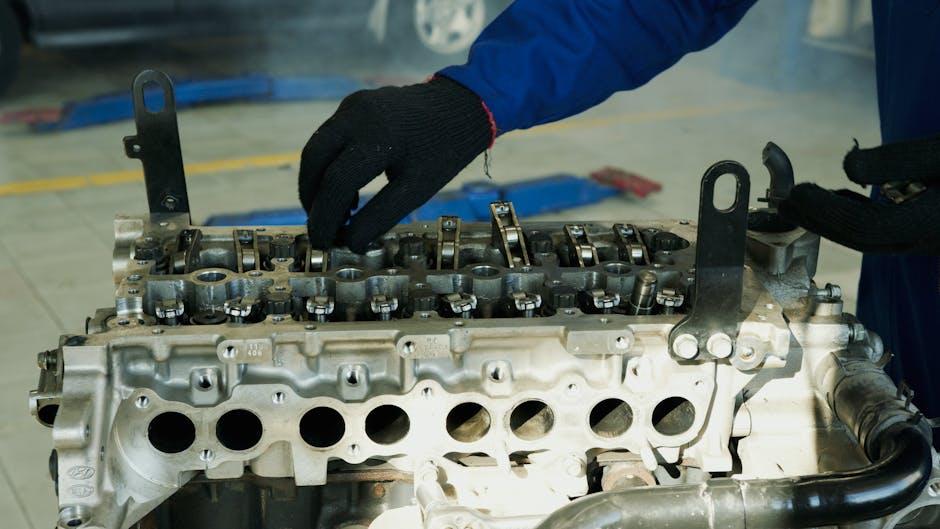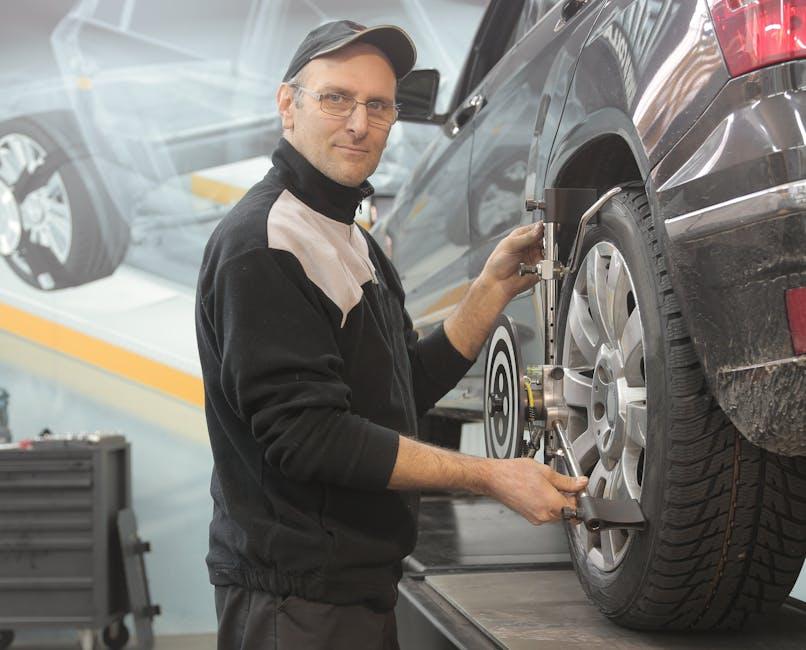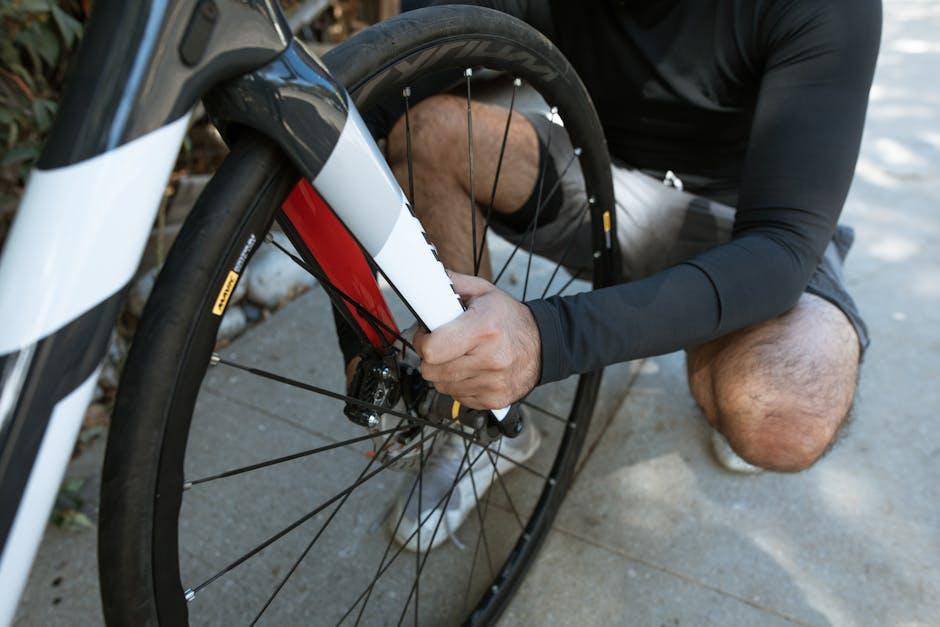In today’s fast-paced world, where precision and efficiency drive performance, a professional alignment service stands as a vital component in maintaining the harmony of various systems—be it in automotive, industrial machinery, or even digital frameworks. But what exactly does this service entail? Beyond the simple idea of “alignment,” a professional approach involves a blend of expert assessment, advanced tools, and tailored adjustments that ensure optimal function and longevity. This article explores the key elements included in a professional alignment service, shedding light on how these carefully orchestrated steps contribute to seamless operation and enhanced reliability.
Table of Contents
- Understanding the Core Components of a Professional Alignment Service
- The Role of Advanced Diagnostic Tools in Precision Alignment
- How Technicians Assess and Adjust Suspension and Steering Systems
- The Importance of Calibration and Road Testing for Optimal Results
- Common Alignment Problems Identified and Corrected During Service
- Expert Tips for Maintaining Alignment Between Professional Checkups
- Q&A
- Concluding Remarks

Understanding the Core Components of a Professional Alignment Service
At the heart of a professional alignment service lies a blend of precision, technology, and expertise. This service typically begins with a comprehensive inspection where technicians examine the vehicle’s suspension, steering components, and tire condition. Using state-of-the-art alignment machines, adjustments are made to ensure that every wheel is set to the manufacturer’s exact specifications. The goal? To enhance driving safety, improve tire lifespan, and deliver optimal handling performance.
A well-rounded alignment service often includes:
- Initial diagnostics: Identifying existing wear or damage that could affect alignment accuracy.
- Computerized wheel positioning: Employing advanced sensors and cameras to measure wheel angles.
- Precise adjustments: Correcting camber, caster, and toe settings to factory standards.
- Test drive verification: Confirming that the vehicle tracks straight and handles smoothly post-adjustment.
| Component | Purpose | Benefit |
|---|---|---|
| Camber | Controls wheel tilt inward or outward | Improves cornering stability |
| Caster | Determines steering axis tilt | Enhances straight-line tracking |
| Toe | Adjusts wheel direction relative to vehicle centerline | Reduces tire wear and ensures smooth handling |

The Role of Advanced Diagnostic Tools in Precision Alignment
Modern alignment services have been revolutionized by the integration of cutting-edge technology, enabling mechanics to dial in precision with remarkable accuracy. Advanced diagnostic tools such as 3D laser alignment systems and computerized sensors allow for a more detailed analysis of vehicle geometry than ever before. These instruments can capture data points that are invisible to the naked eye, ensuring that adjustments not only meet but exceed manufacturer specifications. Utilizing these tools minimizes guesswork, reduces alignment time, and significantly enhances driving performance, safety, and tire longevity.
Key features of these diagnostic tools include:
- Real-time, high-resolution imaging for accurate measurements
- Automated calibration to maintain consistent service quality
- Integration with vehicle-specific databases for tailored alignment settings
- Graphical user interfaces for easy technician operation
| Tool | Functionality | Benefit |
|---|---|---|
| 3D Laser System | Measures camber, caster, and toe angles | Ensures pixel-perfect alignment within factory tolerances |
| Computerized Sensors | Detects real-time suspension movement | Provides dynamic data for precise adjustments |
| Alignment Software | Compares vehicle data against OEM standards | Facilitates rapid diagnosis and adjustment planning |

How Technicians Assess and Adjust Suspension and Steering Systems
Experts begin the process by conducting a thorough visual inspection of the suspension and steering components to identify any signs of wear, damage, or misalignment. They use specialized diagnostic tools to measure the geometry of the wheels and compare it against the manufacturer’s specifications. Key parameters checked include camber, caster, toe, and steering axis inclination. These measurements allow technicians to pinpoint the exact adjustments needed to restore optimal handling and tire wear, ensuring your vehicle’s systems operate harmoniously.
Adjustments are then performed using precision equipment that methodically tweaks each component until ideal alignment is achieved. Components such as tie rods, control arms, and struts may be adjusted or replaced to correct deviations. Below is a brief overview of common suspension and steering adjustments made during a professional alignment:
- Camber: Tilt of the wheel inward or outward
- Caster: Forward or backward angle of the steering axis
- Toe: Direction wheels point relative to the centerline
- Steering Wheel Centering: Ensuring the steering wheel is straight when driving straight
| Component | Adjustment Purpose | Effect on Vehicle |
|---|---|---|
| Tie Rods | Toe adjustment | Improves straight-line stability and tire wear |
| Control Arms | Camber tuning | Enhances cornering grip |
| Struts/Shocks | Vertical alignment | Improves ride comfort and handling precision |

The Importance of Calibration and Road Testing for Optimal Results
Precision is key when it comes to vehicle alignment, and this is why calibration and road testing are indispensable components of a professional alignment service. Calibration ensures that all sensors, cameras, and steering systems are accurately adjusted to factory specifications, providing the foundation for smooth handling and proper tire wear. Without it, even the most sophisticated alignment machines can produce inaccurate results, leading to potential safety issues and costly repairs down the line. From electronic steering angle sensors to suspension components, each system plays a crucial role in maintaining your vehicle’s optimal performance.
Following calibration, a thorough road test acts as the ultimate verification step, allowing technicians to observe firsthand the vehicle’s behavior under real driving conditions. This process helps identify any lingering issues that alignments alone might not reveal, such as uneven steering response or subtle vibrations. Typically, technicians focus on:
- Steering accuracy and feedback
- Tire contact consistency with the road surface
- Suspension response over various terrains
- Noise and vibration detection
| Step | Purpose | Outcome |
|---|---|---|
| Calibration | Sensor and system alignment | Accurate diagnostic and adjustment baseline |
| Road Testing | Real-world performance evaluation | Confirmation of smooth, precise handling |

Common Alignment Problems Identified and Corrected During Service
During a professional alignment service, technicians meticulously inspect your vehicle for a variety of alignment issues that can silently impact driving safety and tire longevity. Common problems such as toe misalignment, where the wheels point inward or outward instead of straight ahead, and camber defects, involving the tilt of the wheels, are typically diagnosed. Another frequent concern is caster angle irregularities, which affect steering precision and vehicle stability. These errors not only cause uneven tire wear but can also lead to a compromised and uncomfortable driving experience.
After identifying these issues, specialists employ specialized tools to correct the angles with precision. Here’s a quick overview of what professionals adjust:
- Toe – realigning the wheels so they point perfectly forward
- Camber – adjusting the tilt to optimize tire contact
- Caster – fine-tuning the steering pivot for improved handling
- Thrust angle – ensuring rear wheels align correctly with front wheels
| Alignment Issue | Impact | Correction Method |
|---|---|---|
| Toe Misalignment | Uneven tire wear, drifting | Adjusting tie rods |
| Camber Problem | Edge tire wear, poor grip | Adjusting strut or control arms |
| Caster Angle | Steering instability | Modifying strut mounts |

Expert Tips for Maintaining Alignment Between Professional Checkups
Consistently maintaining alignment outside of professional checkups requires a combination of awareness and simple daily habits. Start by monitoring your posture throughout the day—whether sitting at a desk or walking. Small adjustments such as keeping your head aligned with your spine and avoiding slouching can make a significant difference over time. Incorporate ergonomic tools like adjustable chairs and standing desks to support optimal positioning. Additionally, regular stretching focused on the neck, shoulders, and back helps relieve tension that could lead to misalignment.
Beyond physical habits, leveraging technology and scheduling can enhance your maintenance routine. Set reminders to perform quick posture checks or micro-exercises during breaks. Tracking alignment progress through simple smartphone apps or journaling symptoms can alert you to emerging issues before they worsen. Below is a quick guide of expert-approved tips:
- Daily Posture Checks: Pause every hour to re-align and stretch.
- Ergonomic Workspace Setup: Desk, chair, and screen height optimized for spinal health.
- Mindful Movement: Avoid repetitive strain by varying positions regularly.
- Hydration and Nutrition: Support spinal discs with ample water intake and anti-inflammatory foods.
Q&A
Q&A: What’s Included in a Professional Alignment Service?
Q: What exactly is a professional alignment service?
A: A professional alignment service is a thorough adjustment of a vehicle’s suspension components to ensure that the wheels are set to the right angles. This process enhances driving safety, improves tire longevity, and boosts overall performance.
Q: Why is wheel alignment important?
A: Proper alignment ensures your vehicle drives straight and handles predictably. Without it, you might experience uneven tire wear, poor fuel efficiency, and a less comfortable ride, potentially leading to costly repairs down the road.
Q: What are the main components checked during an alignment service?
A: Technicians examine camber (wheel tilt inward or outward), toe (direction wheels point relative to each other), and caster (steering axis angle). These angles must be calibrated to manufacturer specifications for optimal performance.
Q: How does the technician perform the alignment?
A: Using specialized computerized equipment, the technician measures the current position of your wheels. They then adjust suspension parts like tie rods and control arms until the wheels align precisely according to the carmaker’s standards.
Q: Are any other services typically included?
A: Yes, a comprehensive alignment service may include an inspection of suspension and steering components for wear or damage. Some shops also check tire pressure and balance to complement the alignment and ensure smooth operation.
Q: How long does a professional alignment usually take?
A: The process often takes around 45 minutes to an hour, depending on the vehicle’s condition and the type of alignment needed—whether front-end, rear-wheel, or four-wheel alignment.
Q: How often should I get an alignment service?
A: It’s recommended to check alignment annually or every 12,000 miles. Also, if you notice steering pull, uneven tire wear, or after hitting a significant pothole or curb, it’s wise to have your alignment inspected promptly.
Q: Can I detect misalignment on my own?
A: Sometimes. Symptoms include your car drifting to one side, a crooked steering wheel when driving straight, or unusual tire wear patterns. However, precise measurement requires professional equipment and expertise.
Q: Will an alignment fix all suspension issues?
A: Not necessarily. While alignment corrects wheel angles, underlying suspension or steering problems might require separate repairs before or after alignment for the best outcome.
Q: What benefits can I expect after a professional alignment?
A: Expect smoother handling, improved fuel economy, longer-lasting tires, and enhanced safety. Essentially, your car will drive more efficiently and confidently down the road.
Concluding Remarks
In the end, a professional alignment service is much more than just a quick adjustment—it’s a comprehensive orchestration of precision, expertise, and care. From the initial inspection and careful measurements to the fine-tuning that ensures every angle is just right, this service lays the foundation for smoother rides, improved safety, and longer-lasting tires. Understanding what’s included helps you appreciate the craftsmanship behind those perfectly aligned wheels. So next time you schedule an alignment, you’ll know that beneath the surface lies a meticulous process designed to keep you moving forward with confidence.
